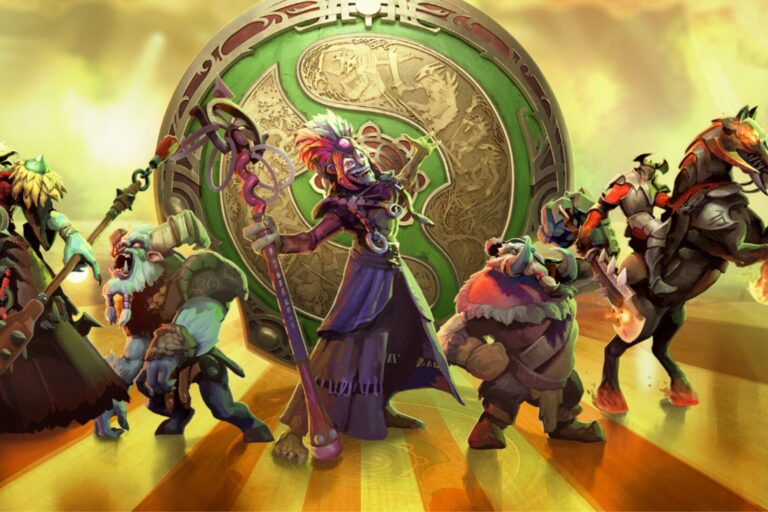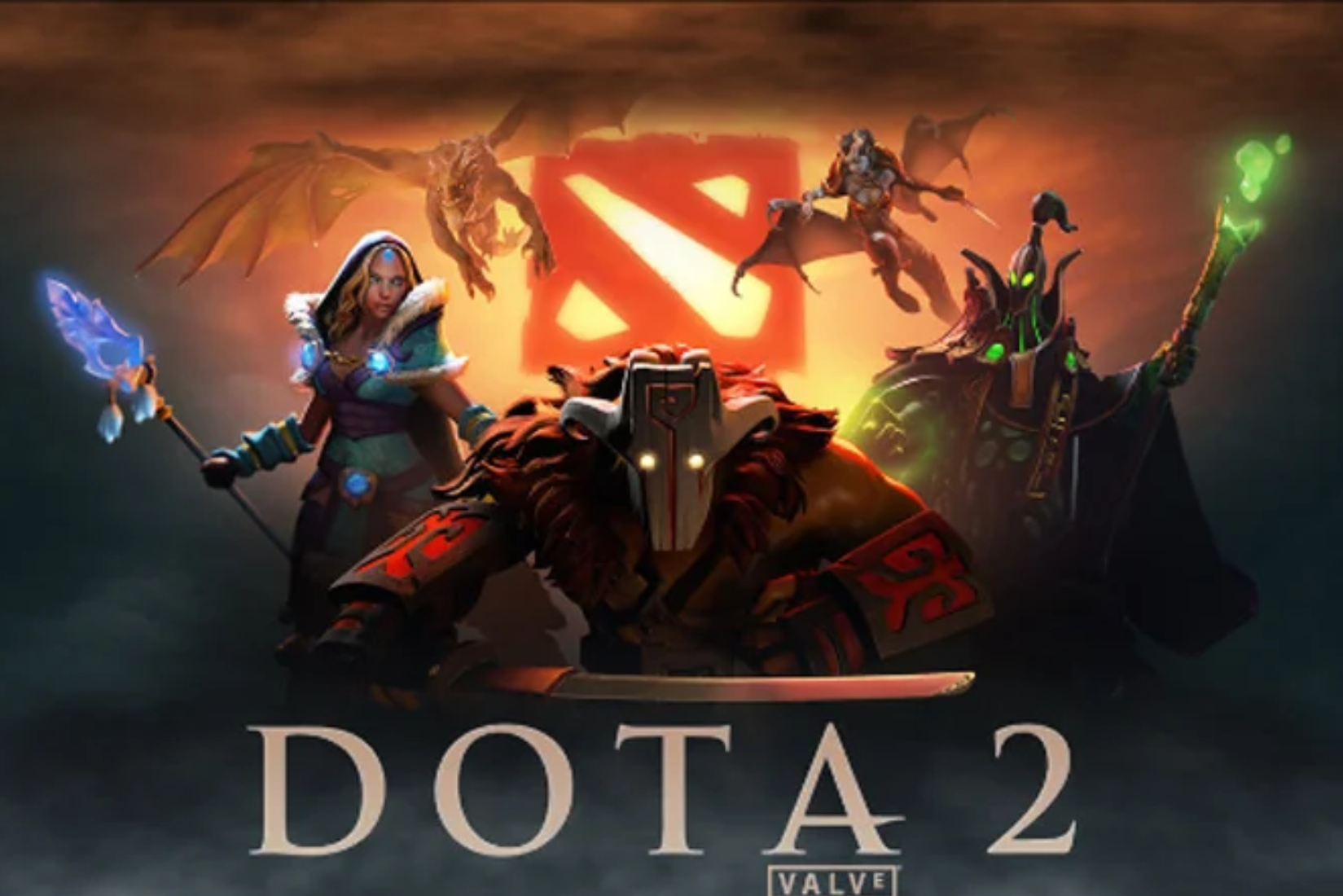
The Dota 2 SEA tournament scene has always carried weight in shaping the global landscape. In 2025, the region continues to be a proving ground for raw mechanical talent, inventive strategies, and highly engaged fan communities. For international organizers, SEA remains a hub for hosting both LAN and online qualifiers, ensuring that its teams remain connected to the wider Dota Pro Circuit. This year is especially critical as many regional teams look to rebuild their rosters, refine their drafting styles, and compete for coveted international spots.
Quick Look
How the Competitive System Works in 2025

Image Credit: Hotspawn
To follow SEA’s competitive season, it helps to understand how the different layers fit together. The structure ensures that teams at all levels — from semi-pro rosters to world-class organizations — can compete on a clear pathway.
The system can be divided into:
- Top-tier circuits: Events like the PGL SEA Tours, DreamLeague qualifiers, and BLAST SEA Slam LAN stops.
- Regional competitions: National leagues in countries such as the Philippines, Indonesia, and Malaysia, plus CCT SEA editions.
- Developmental tournaments: University circuits and community-driven events where future stars often emerge.
This hierarchy gives shape to the season and provides continuity, making it easier for fans to follow teams across multiple competitions.
Key Dates and Calendar Flow
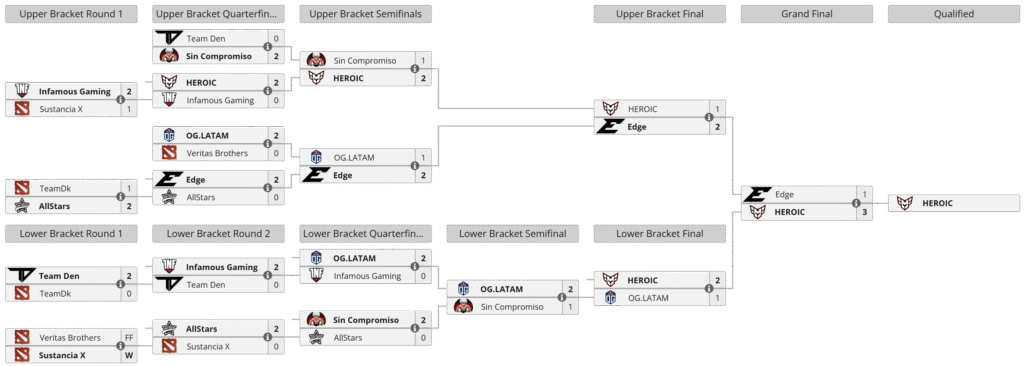
The Dota 2 SEA tournament 2025 calendar is arranged to keep competitive play active throughout the year, with different stages aligning with international events. For fans, knowing the rhythm of the season helps track storylines as teams rise or fall.
The general breakdown is as follows:
- January – March: CCT SEA events and early online qualifiers begin the season.
- April – June: Larger tournaments like PGL SEA Tours and DreamLeague qualifiers take center stage.
- July – September: BLAST SEA Slam and regional finals shape the run-up to The International.
- October – December: Smaller national leagues and grassroots competitions close the year.
By spacing events across quarters, organizers ensure that the region has consistent representation without oversaturating the calendar.
Tournament Formats Explained

One of the defining features of SEA competitions is the consistency of their structure. While each organizer adds small variations, most events share a familiar pattern designed to balance fairness and excitement.
The format typically follows this progression:
- Qualifiers: Open and closed brackets test the depth of regional competition.
- Group stages: Round-robin or GSL groups help determine playoff seeding.
- Playoffs: Usually double-elimination, offering a second chance for teams that stumble early.
For fans, this means tournaments are predictable enough to follow easily, but still leave room for the surprise upsets that SEA is known for.
Prize Pools and Competitive Rewards
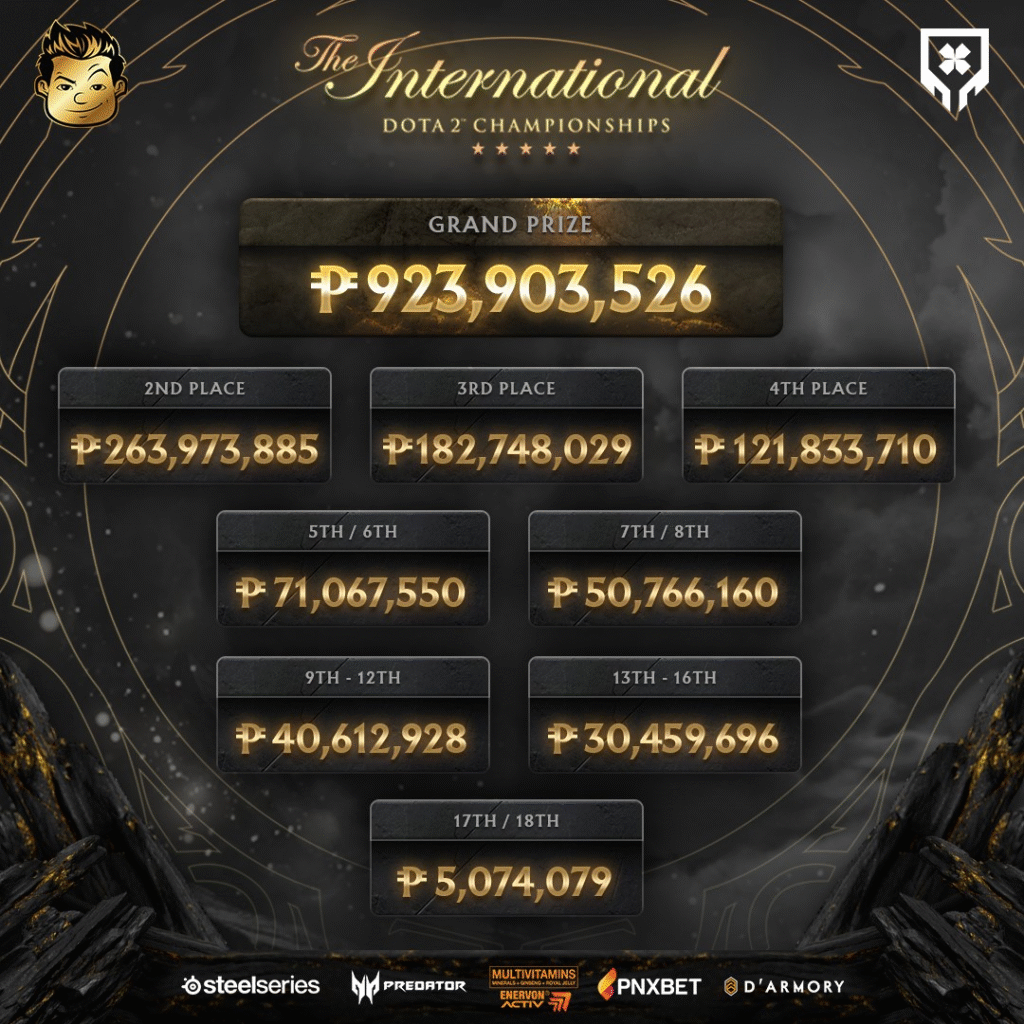
The financial stakes in SEA tournaments vary widely, reflecting the diversity of events on the calendar. While prize money draws attention, the deeper incentive lies in qualification opportunities and exposure on international stages.
- International-tier events like PGL SEA Tours regularly feature six-figure prize pools.
- Regional leagues may offer smaller rewards but often grant TI qualifier slots or DPC points.
- Grassroots circuits are more modest but provide critical visibility for rising players.
This combination ensures that even lower-tier events play a strategic role in shaping the competitive ladder.
Teams and Storylines to Follow
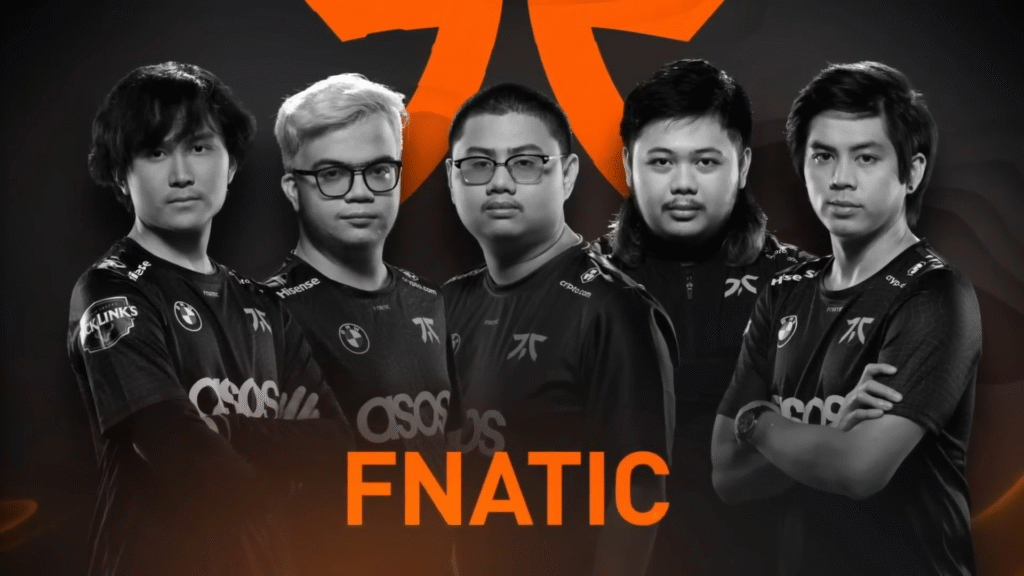
SEA has built a reputation for both seasoned organizations and breakout squads capable of upsetting bigger names. In 2025, teams like Fnatic, Talon Esports, BOOM Esports, and Blacklist International continue to anchor the region’s international presence. Their matches not only shape regional standings but also influence the global competitive tier list.
However, SEA’s unpredictability remains one of its strongest traits. Emerging university rosters, ambitious semi-pro squads, and veterans returning to the scene add fresh narratives each season. Fans can expect constant surprises as underdogs look to challenge established hierarchies.
Viewing Options Across Platforms

Accessibility is one of the hallmarks of SEA tournaments, with organizers making sure broadcasts reach wide and diverse audiences. Fans have multiple options depending on how they prefer to follow matches.
The most common platforms include:
- Twitch and YouTube for global streams.
- Facebook Gaming and regional channels for localized coverage.
- Language-specific streams in English, Tagalog, Bahasa Indonesia, Thai, and Vietnamese.
- DotaTV inside the client for fans who want full control over their viewing experience.
This multi-platform approach reflects SEA’s diverse fanbase and ensures that no audience segment is left behind.
Wrapping Up the 2025 SEA Competitive Year
The Dota 2 SEA tournament 2025 structure balances growth at every level of competition, from grassroots leagues to international qualifiers. With a calendar that spreads events across the year, a mix of established and rising teams, and accessible broadcast options, SEA remains one of the most dynamic regions in Dota 2. Fans following the season will not only witness high-level matches but also discover new narratives that could shape The International and beyond.



